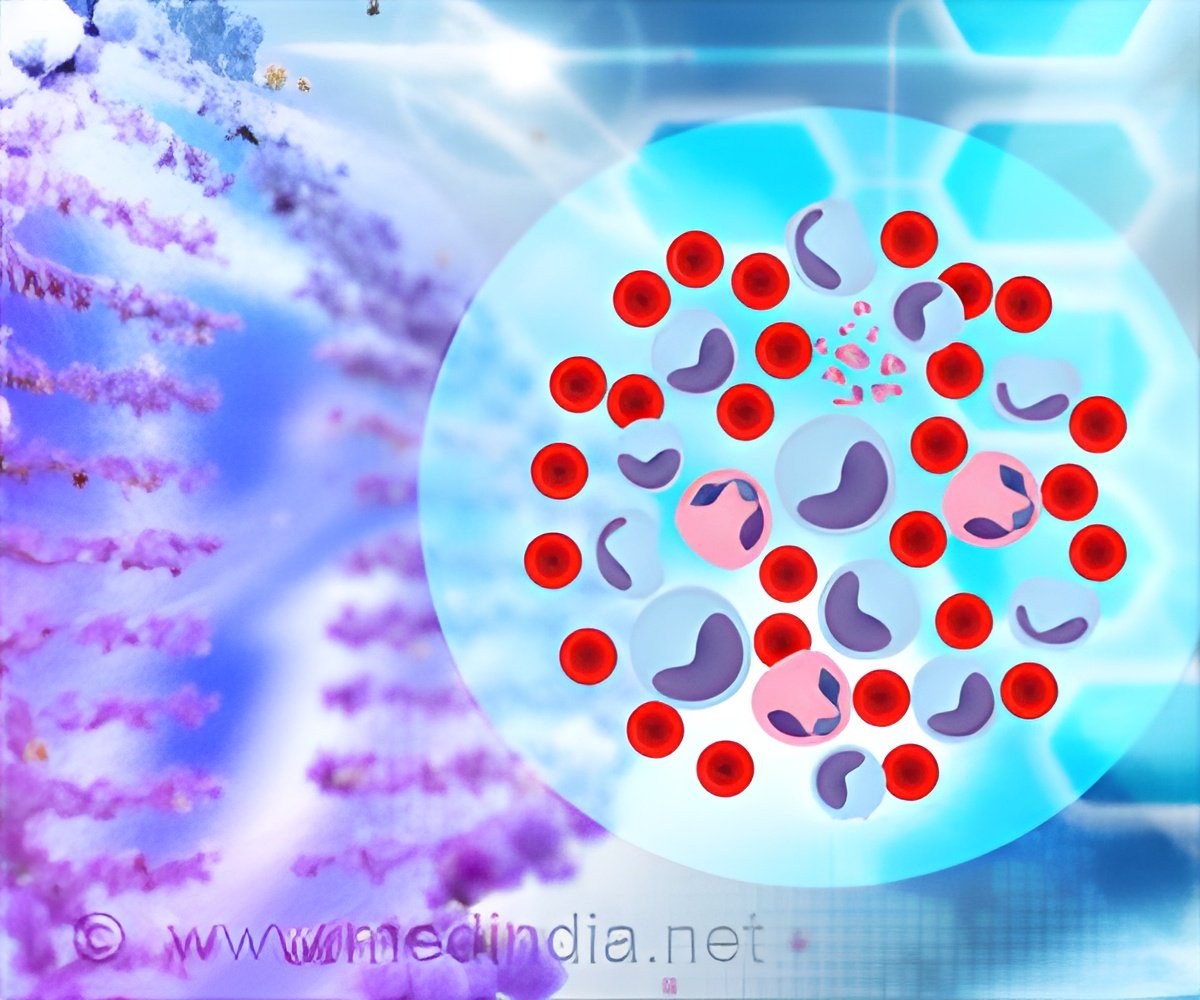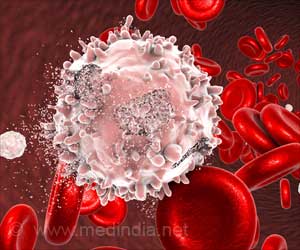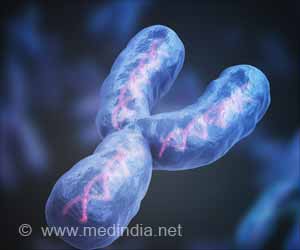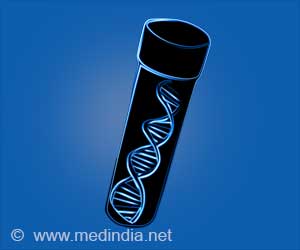People with Down syndrome having three copies of chromosome 21 are at a high risk of developing Leukaemia due to disequilibrium with the RUNX1A gene.

‘The RUNX1 gene is responsible for the chromosome’s specific carcinogenic properties in the case of down's syndrome with trisomy 21.’





Like all cancers, leukemia is caused by changes in the DNA, the heredity material present in human cells in the form of 46 chromosomes. In many forms of leukemia, large parts of these chromosomes are altered.People with Down syndrome, who have three copies of chromosome 21 (trisomy 21) are highly vulnerable: the risk of developing aggressive Acute Myeloid Leukaemia (AML) in the first four years of their life is more than 100 times greater for children with Down syndrome. Down syndrome is the most common congenital genetic disorder, affecting about one in 700 newborn babies.
RUNX1: Responsible for Leukaemia in Down’s Syndrome
Now, a research group has discovered how the additional chromosome 21 can promote AML. Researchers examined each of the 218 genes on chromosome 21 for its carcinogenic effect.It emerged that the RUNX1 gene is responsible for the chromosome’s specific carcinogenic properties. In further analyses, they were able to corroborate that only one variant – or isoform – of the gene promotes the development of leukemia.
Other RUNX1 isoforms were even able to prevent the cells from degenerating. This explains why RUNX1 has so far not stood out – in several decades of extensive cancer research.
The RUNX1 gene encodes a “transcription factor” – a protein responsible for regulating the activity of other genes. RUNX1 regulates many processes, including embryonic development and early and late hematopoiesis, or blood formation.
Advertisement
Development of More Sophisticated Therapeutic Approaches
These insights are important for a better understanding of the complex mechanisms of carcinogenesis. In this way, they have laid the groundwork for developing more sophisticated therapeutic approaches.Through their biochemical analyses, we now know exactly how the gene variant alters the blood cells. From there, we were able to use specific substances that block the disease mechanism.
Advertisement
Source-Eurekalert










